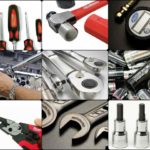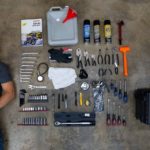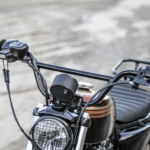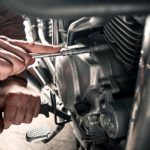When buying a bike, the first thing that you think about is cruising the back roads at breakneck speeds, wondering where the cops are. You’ve spent the best part of the day riding, but when you get home, the reality that everything needs regular maintenance slowly sets in. This is until the next ride. Motorcycles differ from cars or trucks in that regular service intervals are way shorter. The engines rev at much higher rpm, so they’re stressed a lot more. Things will eventually need replacing. But until that time comes, a regular checkup of your bike, especially if you’ve got it second hand can keep those two wheels turning a lot longer, saving you from expensive repairs down the road.
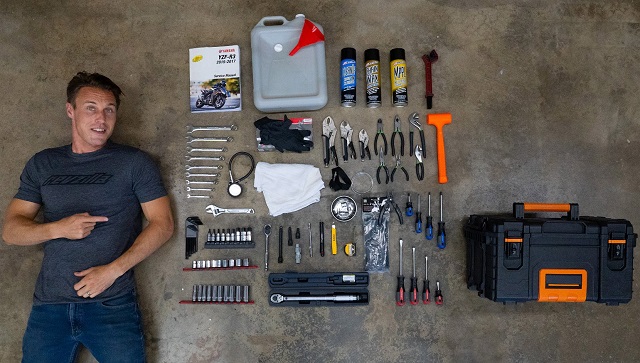
Bike Maintenance
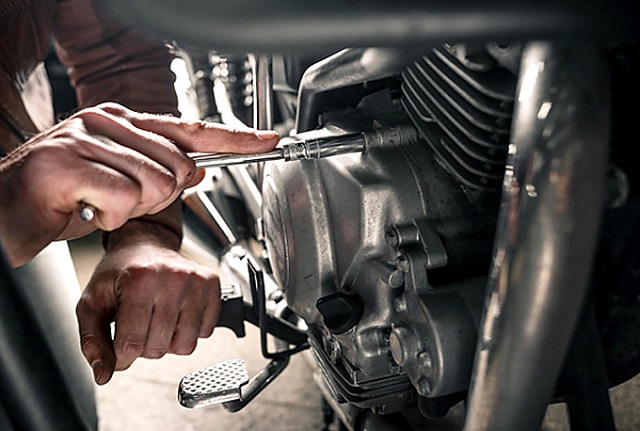
Though not all of us are hardened mechanics, there are a few things that you can do on your own:
- Get to know your bike – regardless if your bike’s new or used, a service manual, either with the bike or a downloaded version will tell you heaps. Service intervals and which parts need regular replacing will keep everything as good as new. If you’ve encountered a head-scratching issue, speak with fellow bikers, or scour forums for the best type of information – personal experience. The same problems tend to repeat in the same bikes or brands. Owning and riding your bike longer will tell you what doesn’t feel right.
- Regularly check tyres and fluids – Riding with cracked, torn or deflated tyres are dangerous. It kills stability in turns, not to mention dangerously long braking times. Also, keep an eye on oil and coolant levels at all times. Oil needs to be changed between 5000 to 10000 km, depending on the model, and a new oil filter goes along with it. Oil and coolant in liquid-cooled bikes will degrade quicker in hotter weather, so a quick look won’t hurt.
- Check the chain and brakes – Chains need to be without visible damage, like broken links and oiled often. Also, check the tension in chains to avoid shifting problems. Do regular checkups of pads and rotors to see if there’s any damage. Front brakes need more attention.
- Inspect forks and springs – This is where it gets technical, but the bars and your backside will tell you if there are any issues. If you suspect stiffer steering, time to check the fork oil.
- Keep your bike clean – Grease, dirt and water can cause expensive repairs. Get the habit of cleaning your bike after a long ride.
Tools in Bike Maintenance
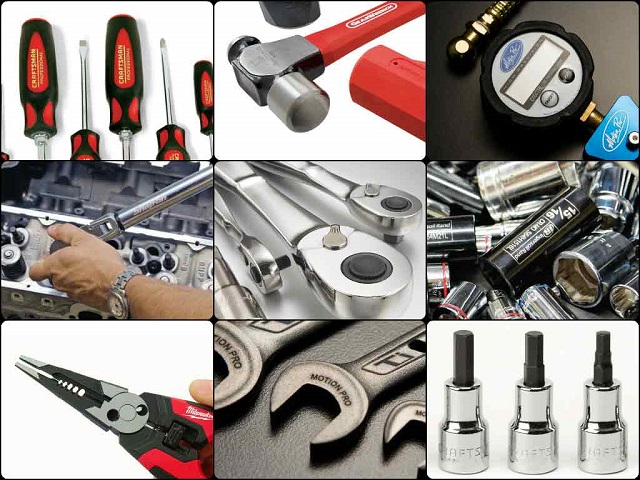
Though you’ll learn a lot more the longer you have your motorcycle, to do basic maintenance only requires a few basic motorcycle tools. Many, like ratchets, pliers and sockets are also used for cars, though some tools are used only for motorcycles, especially for hard-to-reach places or smaller parts. Here’s what to look for:
- Bike stands – to perform any of the tasks above, your motorcycle needs to be steady while you’re working on it. Bike stands are common in older or retro bikes, but in most newer models they’re definitely not there. Stands will lift and secure one or both wheels so you can carry out maintenance in a decent posture.
- Drain pans, strap wrenches, a basic spanner or T-socket and funnel – To change the oil, place a drain pan under the engine and use a spanner or T-socket to crack the oil plug. With all the oil drained, remove the oil filter with a strap wrench or a filter wrench if things are tight. New filters can be tightened by hand, or you can use a torque wrench to just the right amount. The same tool is good for tightening the oil plug. Use a funnel to pour in the new oil. Always check that you have the right oil in the correct grade for your bike. The same tools are also used to change the coolant in liquid-cooled bikes.
- Chain tools – Chain tools, chain breakers, tensioners and replacement pins are what you need to replace damaged chains with new ones. Chains are replaced every 30000km, though most last more. Replacing the chain can be difficult, so if you’re not sure what you’re doing, off to the garage.
- Tyre pressure gauges, spoke wrenches and air valve pullers are used in tyre and wheel maintenance. Gauges with digital displays are quick and simple ways to check the pressure. Spoke wrenches are used to tighten loose wheel spokes, valve pullers unlatch stuck valves, and tyre levers make replacing tyres so much easier.
- Cleaning and lubrication – Chain cleaning kits, brushes, micro-fibre towels, wash sprays and lubrication oil keep chains and the whole bike shining.
- Motorbike-specific tools – These are rarely used for other vehicles. Spring hook removers take care of springs in seats, side stands, rear brake pedals and other areas. To adjust the rear suspension most new bikes come with C spanner wrenches. Adjustable pulley holders will hold flywheels in place so you can remove locknuts. Clutch and brake cable lubricators are used to keep cables in crisp working order. To adjust gas forks, get a pair of fork relief valves. You’ll also find bolts, nut and washer kits for specific bikes or brands.
This and so much more can be purchased in-store or online from respected bikes shops throughout Australia. Ride Safely!

